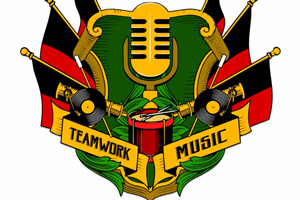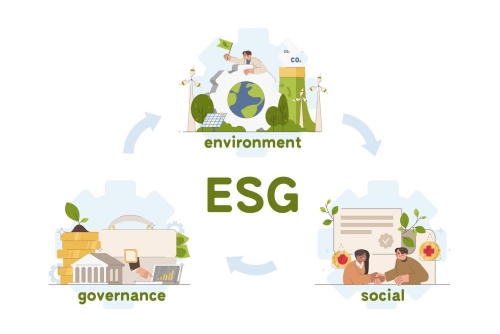Hello and welcome back to the Skills 360 podcast. I’m your host Tim Simmons, and today, I want to give you some more tips for using metaphors in English.
If you tuned in last time, you’ll remember that a metaphor is when you compare something you’re talking about to another idea. A classic example of a metaphor is “time is money.” But, if you really want to use metaphors to take your English to the next level, you’ll need to learn to think outside the box.
Whoa, wait a second. What did I just say? “Take it to the next level” and “think outside the box?” Well, those expressions are idioms, which is one kind of metaphor. But haven’t you heard those expressions a bit too much? I sure have. And that’s why I suggest avoiding these kinds of extremely common metaphors, or clichés. A cliché is an expression that is used so much that people don’t really think about its meaning any more. And if you use clichés, you won’t make a good impression on people.
So don’t just memorize extremely common metaphors. Instead, make new ones. But about what? Well, in business, we cook up metaphors from many interesting topics. Take sports, for example, which are easy to compare with business. This is why you might talk about “performance,” or “scoring a goal,” or “coaching.” And that’s why we use expressions like “drop the ball” and “down to the wire” and “slam dunk.”
Sports aren’t the only source of metaphors. Other great topics are food, war, games, gardening, and mechanics. But really, the list of topics is endless. The important thing is that you use metaphors that connect with your audience and your purpose. So which topic might be useful if you’re trying to motivate your team before taking another company to court? Well, then you might pull out the war metaphors and talk about “doing battle” and “sharpening your swords” and “attacking the enemy.” Or if you’re giving a presentation to engineers about teamwork, you might draw on mechanics. For example, you might talk about “interlocking gears” and “a well-oiled machine.”
These kinds of metaphors are very direct. We are saying that one thing is another thing. But sometimes we rely on longer comparisons between two things to show how they’re parallel. For example, I’ll always remember when I heard a speaker compare a business to a plant. To paraphrase, he said something like “a business is like a plant, in that it’s either growing or dying. There’s nothing in between.” He went on to explain how helping a plant grow and taking care of a business are very similar. It stuck with me because it really made sense. He could have expressed all the same ideas about business without talking about plants. But the comparison really helped explain the ideas.
We call this kind of comparison an analogy. It’s similar to a metaphor, but it’s less direct. We compare two things and show how they’re similar in many different ways.
Analogy helps people understand and remember. It gives them a way to think about something that makes sense to them.
One great example of analogy comes from the world of computers. It’s an analogy that helped transform computers from big mysterious machines to everyday tools for the home and office. That analogy is the “desktop.” On your computer desktop, you’ve got folders, which contain files and documents. This analogy has become so ingrained that we don’t even think about it anymore, which only shows how powerful and lasting analogies can be!
So how do you come up with your own analogies? Well, you start with an idea about a topic that you want to explain. Think about the essence of the idea, it’s most basic elements or features or emotions. Now, brainstorm other things that people are familiar with that have the same essence. And once you find something that works, you’ll find many different ways to show the similarity.
Here’s my own example for you: just the other day, I had to give a presentation about avoiding burnout from too much work. So I thought about how people who work really hard to achieve something need to take regular breaks.
Then I brainstormed other familiar situations that are similar, and I came up with the idea of swimming, like if you’re trying to swim across a lake. You need to stop occasionally to tread water and rest. And you need to look around to figure out where you’re going and to appreciate where you are. Without doing this, you won’t have the energy or motivation to continue. And in the end, I told the audience they should learn to rest, not quit. And judging by the comments I got after the presentation, I think this analogy really worked for people.
And I hope it works for you, too. I hope you see how analogy can be a powerful tool in helping people understand and remember your ideas.
That’s all for today. So long. And see you again soon.















